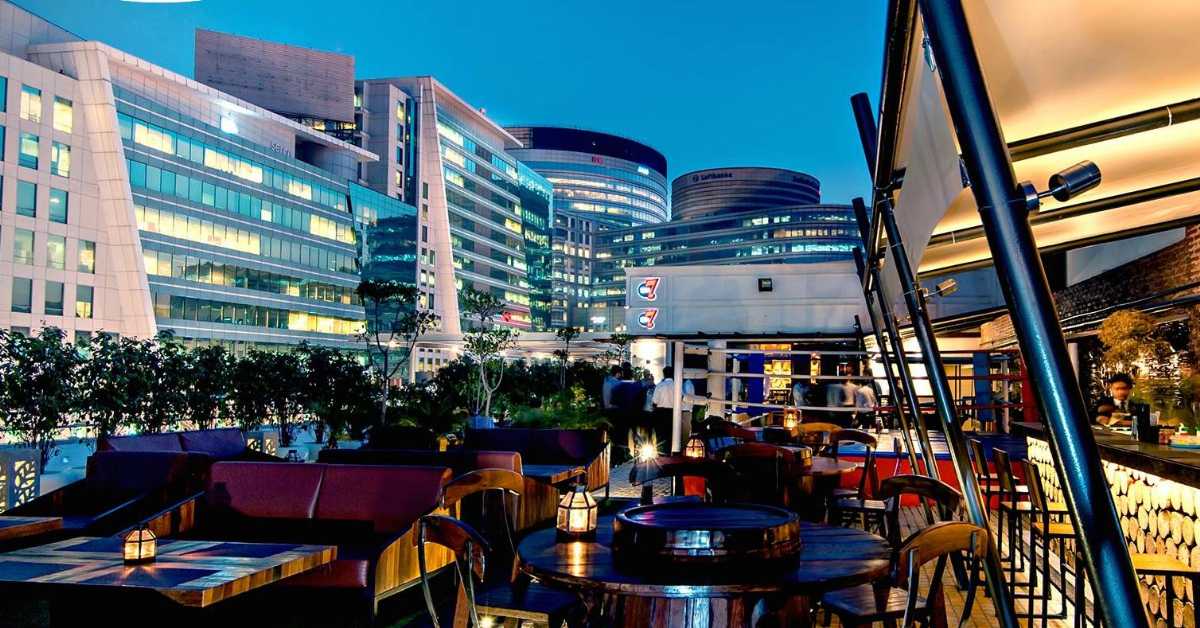In recent years, India has witnessed a remarkable transformation in its commercial real estate sector, with innovative projects emerging across the country. These projects stand as testaments to the nation’s dynamic growth and entrepreneurial spirit. While each project has its unique features, they all share common threads of overcoming challenges and reaping the rewards of careful planning, adaptability, and innovation. In this article, we delve into three such successful commercial real estate projects, highlighting their distinctive characteristics, the hurdles they encountered, and the invaluable lessons they provide.
1. DLF Cyber City, Gurugram:
The DLF Cyber City in Gurugram is a pioneering example of an integrated business district that has redefined India’s urban landscape. Spanning over 17 million square feet, this project incorporates office spaces, retail outlets, and recreational areas. Its proximity to major highways, world-class infrastructure, and sustainable design have been key contributors to its success.
Unique Features:
- Integrated mixed-use development offering a blend of office spaces, retail outlets, and leisure facilities.
- Sustainable design principles, including energy-efficient buildings and green spaces.
- Advanced technology infrastructure, including high-speed connectivity and smart building systems.
Challenges Faced:
- Overcoming initial skepticism about the feasibility of such a large-scale mixed-use development in India.
- Navigating regulatory approvals and land acquisition hurdles.
- Balancing commercial interests with environmental sustainability.
Lessons Learned:
- Comprehensive planning and meticulous attention to detail are vital for the success of large-scale projects.
- Embracing sustainable practices not only benefits the environment but also enhances the project’s long-term viability.
2. Bandra-Kurla Complex (BKC), Mumbai:
BKC, Mumbai’s prime business district, stands as a testament to India’s urban metamorphosis. Built on reclaimed land, this project transformed a marshy area into a thriving commercial hub. Its strategic location, superior connectivity, and world-class infrastructure have attracted multinational corporations and financial institutions.
Unique Features:
- A purpose-built business district offering premium office spaces and state-of-the-art amenities.
- Strategically planned transportation links, including proximity to Mumbai’s international airport.
- High-quality urban planning with a mix of commercial and recreational spaces.
Challenges Faced:
- Mitigating environmental concerns related to land reclamation and ecosystem disruption.
- Managing the influx of traffic and ensuring efficient mobility within the complex.
- Balancing the interests of various stakeholders, including private developers and public agencies.
Lessons Learned:
- Urban development can successfully rejuvenate underutilized areas and create economic growth.
- Seamless connectivity and transportation planning are crucial for a business district’s success.
3. Elante Mall, Chandigarh:
Elante Mall, one of North India’s largest shopping malls, exemplifies the evolution of retail and entertainment spaces. Its unique blend of shopping, dining, and leisure experiences has made it a magnet for visitors from across the region.
Unique Features:
- A sprawling mall with diverse retail offerings, entertainment zones, and a luxurious hotel.
- Innovative architectural design and modern interiors that create a vibrant atmosphere.
- Customer-centric amenities, including ample parking and user-friendly navigation.
Challenges Faced:
- Adapting to changing consumer preferences and retail trends.
- Balancing the interests of different tenants and ensuring a cohesive shopping experience.
- Meeting the demands of operational and maintenance complexities in a large-scale commercial space.
Lessons Learned:
- Continuous innovation and adaptation are essential to remain relevant in the ever-evolving retail sector.
- Creating a harmonious environment for both tenants and customers contributes to a project’s sustainability.
Conclusion:
The success stories of DLF Cyber City, Bandra-Kurla Complex, and Elante Mall serve as beacons of inspiration for the Indian commercial real estate sector. These projects underline the importance of visionary planning, sustainable practices, adaptability, and collaboration among stakeholders. As India’s economy continues to grow, these lessons from successful projects will undoubtedly play a pivotal role in shaping the future of the nation’s commercial real estate landscape.

